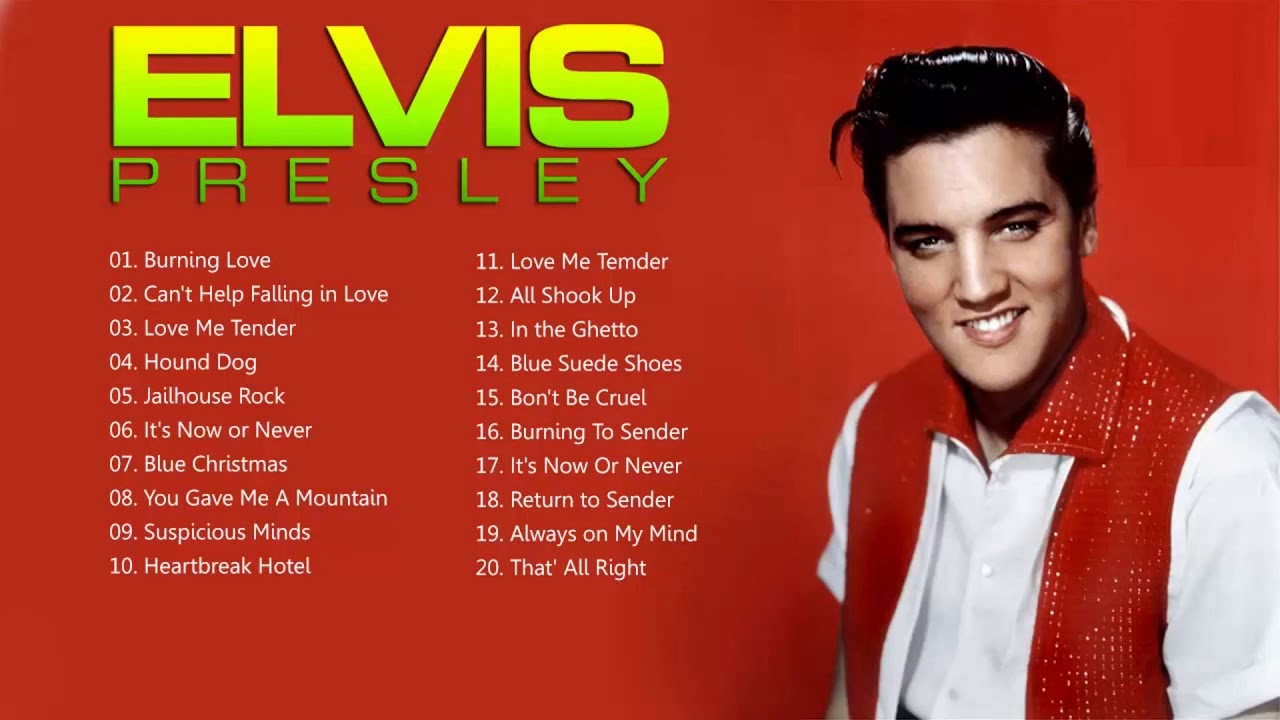
Grooving Through Time: Exploring the Timeless Appeal of 50s and 60s Music Oldies
The 1950s and 1960s were a transformative period for music, birthing genres and artists that continue to resonate with audiences today. The 50s and 60s music oldies represent more than just songs; they are cultural artifacts that reflect the social, political, and technological shifts of their time. From the birth of rock and roll to the soulful sounds of Motown, these decades produced a diverse and influential body of work. This article delves into the enduring legacy of 50s and 60s music oldies, exploring their impact, key artists, and why they remain so beloved.
The Birth of Rock and Roll in the 50s
The 1950s witnessed the explosive arrival of rock and roll. This new genre, a fusion of blues, gospel, and country, challenged the established norms of popular music. Artists like Elvis Presley, Chuck Berry, and Little Richard became icons, their energetic performances and rebellious attitudes captivating a generation of teenagers. Rock and roll was more than just music; it was a cultural phenomenon that challenged social norms and empowered young people. The raw energy and rebellious spirit of early rock and roll are still palpable in 50s and 60s music oldies.
- Elvis Presley: The King of Rock and Roll, Elvis’s charismatic stage presence and groundbreaking sound revolutionized popular music.
- Chuck Berry: A master storyteller and guitarist, Berry’s songs captured the spirit of teenage life with wit and energy.
- Little Richard: Known for his flamboyant performances and high-energy piano playing, Little Richard pushed the boundaries of rock and roll.
The impact of these artists on 50s and 60s music oldies is undeniable. They laid the foundation for future generations of musicians and helped to shape the sound of popular music.
The Rise of Pop and Girl Groups
Alongside rock and roll, the 1950s also saw the rise of pop music, often characterized by catchy melodies and wholesome themes. Artists like Doris Day and Patti Page dominated the charts with their sweet and sentimental songs. As the decade progressed, girl groups emerged, offering a fresh perspective on love and relationships. Groups like The Chordettes and The McGuire Sisters showcased tight harmonies and sophisticated arrangements. These early pop sounds are integral to the tapestry of 50s and 60s music oldies.
The evolution of pop music continued into the early 1960s, with artists like Connie Francis and Brenda Lee achieving international success. These artists helped to pave the way for the British Invasion and the subsequent explosion of pop music in the mid-1960s. Many of these early pop songs remain popular today, testament to the enduring appeal of 50s and 60s music oldies.
The British Invasion and the Changing Landscape of the 60s
The 1960s brought about a seismic shift in the music industry with the arrival of the British Invasion. Bands like The Beatles, The Rolling Stones, and The Who crossed the Atlantic, bringing with them a new sound and a fresh perspective. The Beatles, in particular, revolutionized popular music with their innovative songwriting, experimental arrangements, and undeniable charisma. The British Invasion broadened the scope of 50s and 60s music oldies significantly.
- The Beatles: Arguably the most influential band of all time, The Beatles transformed popular music with their innovative songwriting and experimental arrangements.
- The Rolling Stones: Known for their raw energy and blues-infused rock, The Rolling Stones became synonymous with rebellion and counterculture.
- The Who: Famous for their explosive live performances and powerful songwriting, The Who helped to define the sound of the British Invasion.
These bands not only dominated the charts but also influenced fashion, culture, and politics. The 1960s were a time of social and political upheaval, and the music reflected these changes. Songs like Bob Dylan’s “Blowin’ in the Wind” and The Byrds’ “Turn! Turn! Turn!” became anthems of the protest movement. The depth and variety present in 50s and 60s music oldies from this era is remarkable.
The Soulful Sounds of Motown
While the British Invasion was taking the world by storm, another musical revolution was brewing in Detroit. Motown Records, founded by Berry Gordy, became a powerhouse of soul music, producing some of the most iconic artists of the era. The Supremes, The Temptations, Marvin Gaye, and Stevie Wonder all rose to fame under the Motown banner. Their smooth harmonies, infectious rhythms, and heartfelt lyrics captivated audiences of all ages and backgrounds. The Motown sound is an essential component of 50s and 60s music oldies.
Motown’s success was not just about the music; it was also about breaking down racial barriers and promoting social change. The label’s artists crossed over into the mainstream, achieving unprecedented success and helping to integrate the music industry. [See also: The History of Motown Records] The legacy of Motown continues to inspire musicians and fans today, and their songs remain timeless classics within the broader context of 50s and 60s music oldies.
The Folk Revival and Protest Songs
The 1960s also saw a resurgence of folk music, with artists like Bob Dylan, Joan Baez, and Pete Seeger using their music to address social and political issues. The folk revival was closely tied to the civil rights movement and the anti-war movement, and many folk songs became anthems of protest. These songs spoke to a generation that was questioning authority and demanding change. The inclusion of folk music adds another layer to the richness of 50s and 60s music oldies.
The folk revival helped to bring important social issues to the forefront and inspired countless activists and musicians. The raw emotion and simple instrumentation of folk music resonated with audiences who were looking for authenticity and meaning. [See also: The Influence of Folk Music on Modern Protest Songs] The impact of the folk revival can still be felt today, and its songs remain relevant and powerful components of 50s and 60s music oldies.
The Enduring Appeal of 50s and 60s Music Oldies
So, why does 50s and 60s music oldies continue to captivate audiences decades after their release? There are several reasons for their enduring appeal:
- Nostalgia: For many, these songs evoke memories of a simpler time, a time of innocence and optimism.
- Timeless Melodies: The melodies of these songs are often simple and catchy, making them easy to remember and sing along to.
- Universal Themes: The songs often deal with universal themes like love, loss, and hope, which resonate with audiences of all ages.
- Cultural Significance: These songs are cultural artifacts that reflect the social, political, and technological shifts of their time.
- Musical Innovation: The 50s and 60s were a time of great musical innovation, and these songs represent some of the most groundbreaking and influential music ever created.
Whether you’re a lifelong fan or a newcomer to the genre, there’s no denying the power and influence of 50s and 60s music oldies. These songs have stood the test of time and continue to inspire and entertain audiences around the world. The variety within 50s and 60s music oldies is so vast that there truly is something for everyone to enjoy. Exploring this era of music is like taking a journey through a pivotal time in history, experiencing the sounds and emotions that shaped a generation.
In conclusion, the 50s and 60s music oldies represent a golden age of musical creativity and innovation. From the birth of rock and roll to the soulful sounds of Motown, these decades produced a diverse and influential body of work that continues to resonate with audiences today. Their impact on popular culture is undeniable, and their songs remain timeless classics. The legacy of 50s and 60s music oldies will continue to inspire and entertain generations to come.
